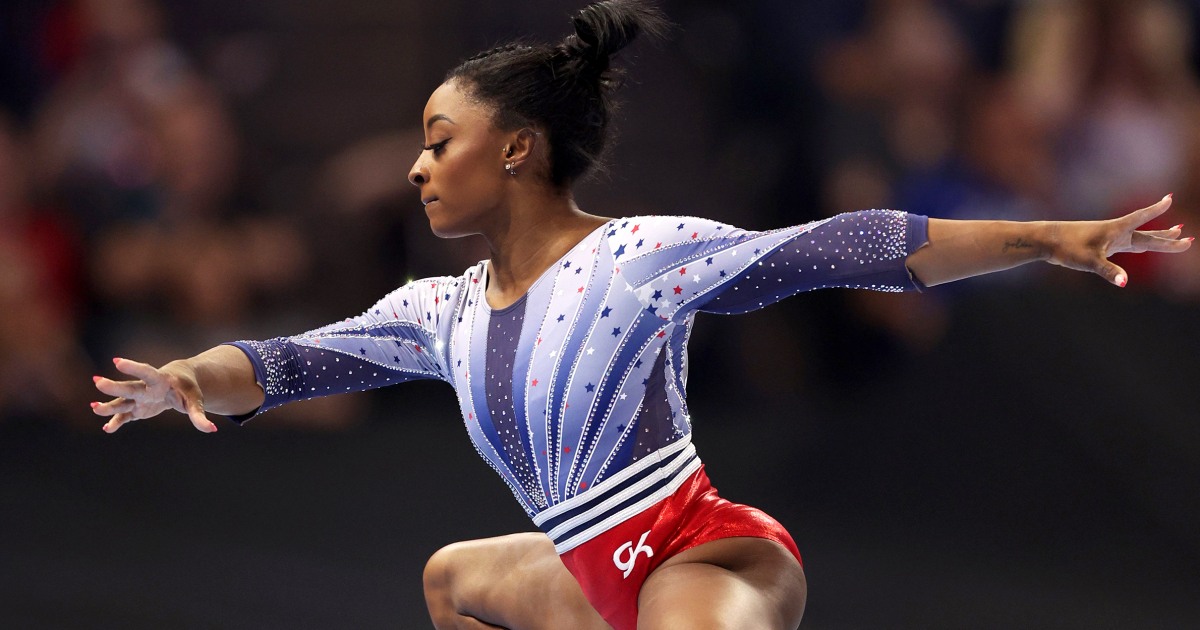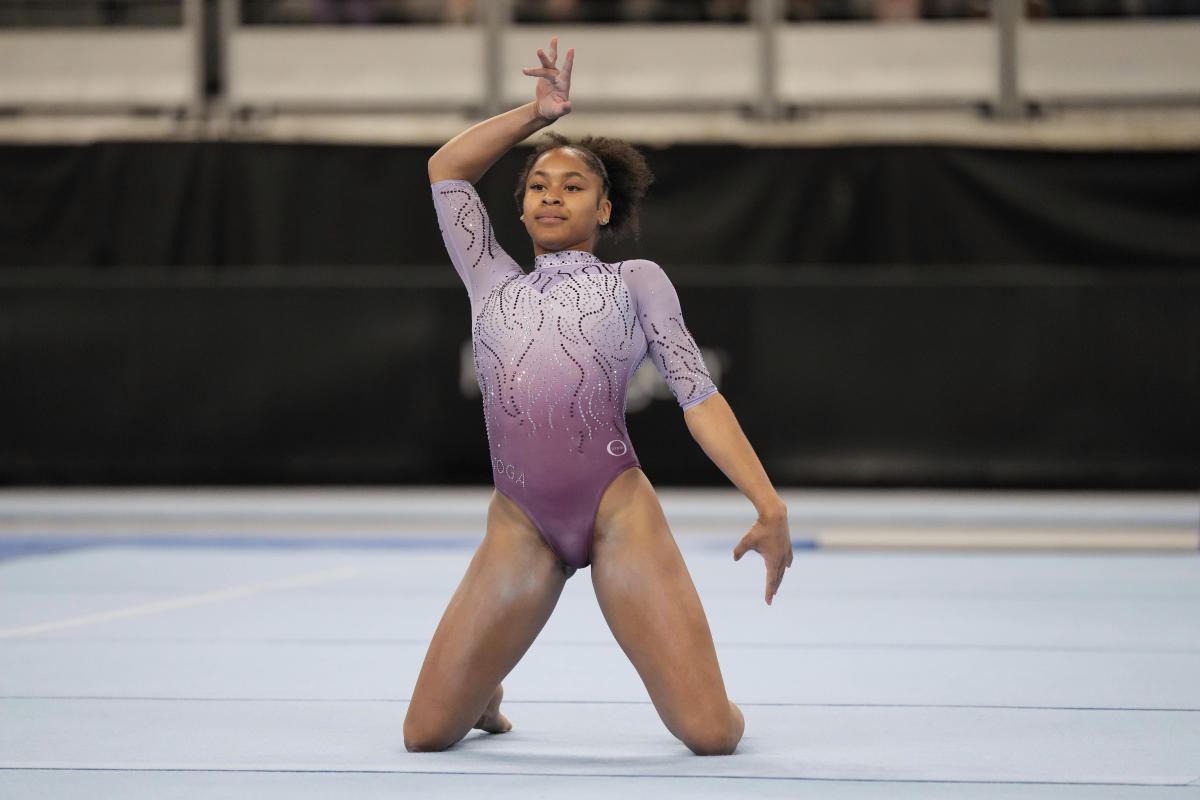Types of Gymnastics Injuries
Gymnastics injuries – Gymnastics is a physically demanding sport that requires a high level of strength, flexibility, and coordination. As a result, gymnasts are at risk for a variety of injuries. These injuries can be acute, which means they occur suddenly, or chronic, which means they develop over time.
Gymnastics injuries are a common occurrence in the sport, with athletes often pushing their bodies to the limit. One such athlete is Kayla Dicello , a talented gymnast who has faced several setbacks due to injuries. However, Dicello’s resilience and determination have allowed her to overcome these challenges and continue to pursue her passion for the sport.
Her story is an inspiration to other gymnasts who have faced similar adversity, reminding them that injuries can be overcome with hard work and perseverance.
Some of the most common acute injuries in gymnastics include:
- Ankle sprains
- Knee injuries, such as anterior cruciate ligament (ACL) tears
- Wrist injuries, such as sprains and fractures
- Elbow injuries, such as tendinitis and bursitis
- Shoulder injuries, such as rotator cuff tears and dislocations
- Back injuries, such as herniated discs and stress fractures
- Head injuries, such as concussions
Chronic injuries in gymnastics can include:
- Overuse injuries, such as tendinitis and stress fractures
- Growth plate injuries
- Eating disorders
- Mental health issues, such as anxiety and depression
The risk of injury in gymnastics is influenced by a number of factors, including:
- Training intensity and volume
- Training surface
- Gymnast’s age and skill level
- Gymnast’s physical condition
- Coaching
- Equipment
It is important for gymnasts to take steps to reduce their risk of injury. These steps include:
- Warming up properly before each workout
- Cooling down properly after each workout
- Using proper technique when performing skills
- Listening to your body and taking breaks when needed
- Eating a healthy diet
- Getting enough sleep
- Seeing a doctor or physical therapist if you experience any pain or discomfort
Prevention and Treatment of Gymnastics Injuries

Gymnastics is a demanding sport that requires strength, flexibility, and coordination. However, it also carries a risk of injuries due to the high-impact nature of the sport. Fortunately, there are several strategies that gymnasts can follow to prevent injuries and promote recovery if they do occur.
Prevention of Gymnastics Injuries
Proper warm-up and training techniques are essential for preventing gymnastics injuries. Warm-up exercises should include dynamic stretching, which helps to prepare the muscles for activity and reduce the risk of strains and tears. Training techniques should be循序渐进, allowing the body to gradually adapt to the demands of the sport. Gymnasts should also pay attention to their form and technique to avoid putting undue stress on their joints and muscles.
Treatment of Gymnastics Injuries
Treatment for gymnastics injuries depends on the severity of the injury. Rest is often the first line of treatment for minor injuries, such as sprains and strains. Physical therapy can help to restore range of motion and strength, and surgery may be necessary for more severe injuries, such as fractures or ligament tears.
Rehabilitation from Gymnastics Injuries
Rehabilitation is an important part of recovering from gymnastics injuries. A rehabilitation program typically includes exercises to restore range of motion, strength, and flexibility. Gymnasts should follow their rehabilitation program closely to ensure a full recovery and prevent re-injury.
Impact of Gymnastics Injuries on Athletes
Gymnastics injuries can have a profound impact on athletes, both physically and emotionally. The physical impact of injuries can range from minor sprains and strains to severe fractures and dislocations. These injuries can cause pain, swelling, and bruising, and can make it difficult for athletes to perform their skills safely and effectively. In some cases, injuries can even end an athlete’s career.
The emotional impact of gymnastics injuries can be just as significant as the physical impact. Injuries can lead to feelings of frustration, disappointment, and anger. Athletes may also experience anxiety and depression, especially if they are unable to return to gymnastics after an injury. In some cases, injuries can even lead to post-traumatic stress disorder (PTSD).
Challenges Faced by Gymnasts Who Experience Injuries
Gymnasts who experience injuries face a number of challenges. One of the biggest challenges is the need to rehabilitate the injury and return to gymnastics as quickly as possible. This can be a long and difficult process, and it can be frustrating for athletes who are used to being active and competing. Another challenge is the risk of re-injury. Once an athlete has suffered an injury, they are more likely to re-injure themselves in the same area. This can be a major concern for gymnasts, who often perform the same skills over and over again.
Finally, injuries can also have a financial impact on gymnasts. The cost of medical treatment and rehabilitation can be significant, and athletes may also lose income if they are unable to compete. This can be a major burden for gymnasts and their families.
Examples of How Injuries Can Affect an Athlete’s Career and Personal Life
Injuries can have a significant impact on an athlete’s career. In some cases, injuries can end an athlete’s career prematurely. For example, gymnast Kerri Strug suffered a serious ankle injury at the 1996 Olympics. The injury forced her to retire from gymnastics, and she was never able to compete again.
Injuries can also affect an athlete’s personal life. For example, gymnast Shawn Johnson suffered a concussion in 2010. The concussion forced her to retire from gymnastics, and she has since struggled with headaches and other symptoms. Injuries can also lead to depression and other mental health issues.
Gymnastics injuries can have a profound impact on athletes, both physically and emotionally. It is important for athletes to be aware of the risks of injuries and to take steps to prevent them. If an athlete does suffer an injury, it is important to seek medical treatment and rehabilitation as soon as possible.
The world of gymnastics is not without its risks. Injuries are a common occurrence, especially among elite athletes like the men’s gymnastics team. The rigorous training and high-impact nature of the sport can take a toll on the body, leading to sprains, strains, and even more serious injuries.
Despite these risks, gymnasts continue to push their limits, striving for excellence and inspiring us with their incredible feats of strength and agility.
